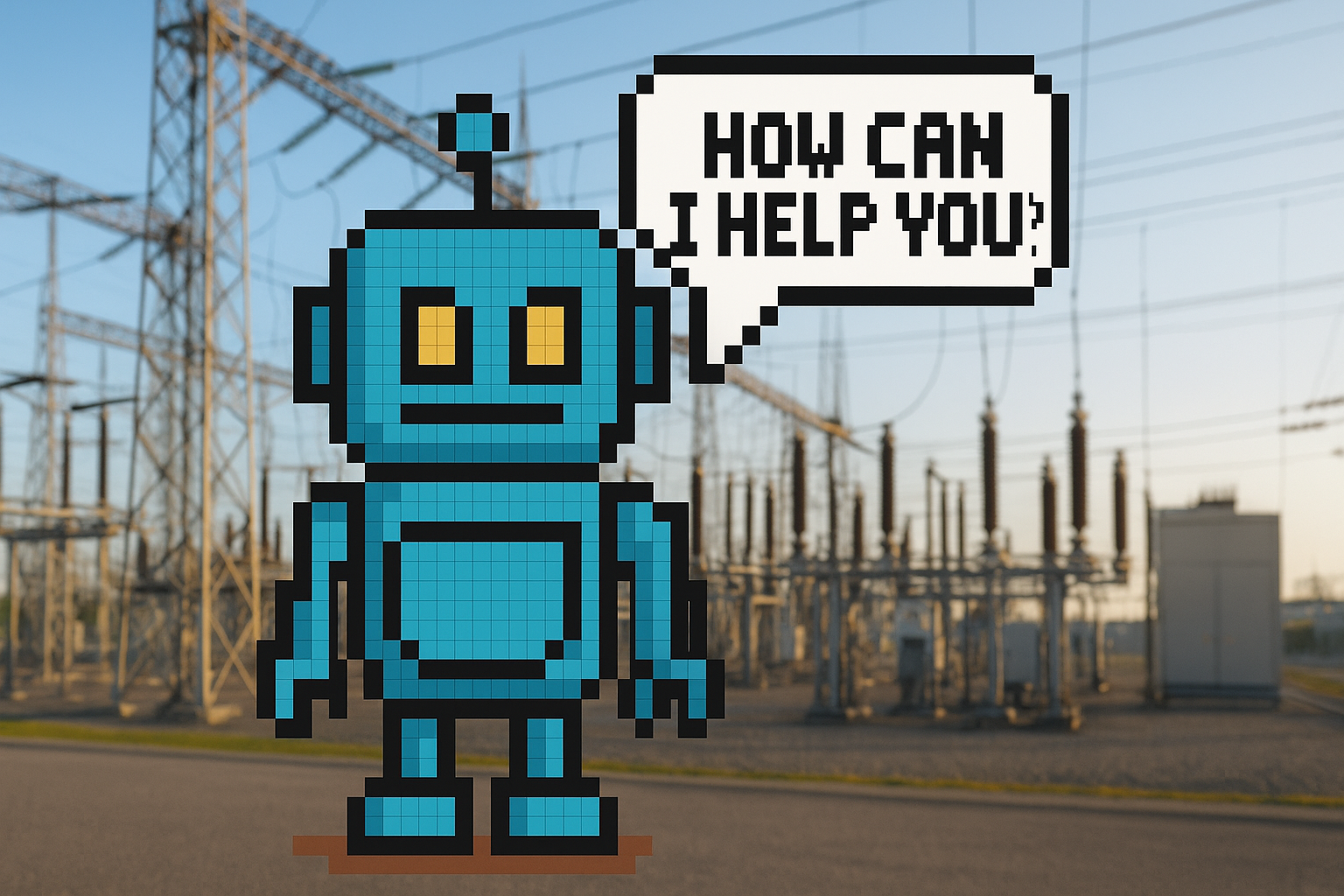AI is reshaping how we interact with digital products, but designing AI assistants isn’t just about making them smart—it’s about making them useful, trustworthy, and human-centric. Over the past few years, I’ve had the opportunity to lead the design of AI-powered assistants in enterprise software for highly regulated industries, such as insurance claims processing and customer support for utility providers. These solutions were never meant to remove the human—they were built to amplify them. The goal? Help professionals navigate complex workflows, automate tedious tasks, and enhance decision-making—while preserving human oversight.
That means UX teams play a much bigger role than just making AI feel seamless. We’re the bridge between powerful models and practical experiences. We translate complexity into clarity. We don’t just “make it pretty”—we make it work. And when it comes to AI assistants, what we choose to design (or leave out) can determine whether the tool gets used—or ignored entirely. Here are some key lessons I’ve learned from designing AI for real-world users:
AI Should Assist, Not Replace
“The best AI assistants support human expertise—they don’t try to replace it.”
While automation is a key advantage of AI, it’s essential to design assistants that complement human efforts rather than remove them. In one project, the AI assistant helped claims adjusters process insurance claims more efficiently by reducing manual data entry, flagging inconsistencies, and suggesting next steps. However, we made sure adjusters had the final say on critical decisions, preserving their judgment while streamlining their workflow.
This human-in-the-loop model ensured the assistant never overstepped. Instead of feeling replaced, users felt supported. And that sense of control is exactly what builds lasting adoption. More importantly, this kind of augmentation respects the real-world complexity of users’ work. Claims aren’t cookie-cutter. Decision-making isn’t formulaic. And AI shouldn’t pretend it is.
Trust is Everything
“If users don’t trust the assistant, they won’t use it—no matter how advanced it is.”
AI must be transparent about how it works. If users don’t trust the assistant’s recommendations, they’ll revert to their old workflows. Predictability, consistency, and visibility go a long way. In designing an AI chatbot for a major energy provider, we discovered that customers were far more likely to engage with automated billing and outage features when they understood the why behind the response.
Simple design choices—like surfacing data sources, displaying confidence levels, or offering human-readable explanations—can make or break trust. Building trust isn’t a feature; it’s an ongoing experience. And it’s something UX has to proactively nurture over time, not treat as a one-time checkbox.
Conversational ≠ Helpful
There’s a growing belief that sounding human is the same as being helpful. It’s not. In one project, our AI assistant tried to mimic a natural tone, but the result was long-winded replies filled with fluff. Users just wanted to get something done—not chat.
We pivoted to goal-driven interactions, pairing short, clear text with actionable buttons and guided flows. Completion times dropped, and satisfaction scores went up. In short: the most “human” thing a chatbot can do is respect people’s time.
That said, tone still matters. We didn’t remove personality—we tuned it. The assistant sounded friendly, but concise. Warm, but not wordy. And that balance made a difference.
Edge Cases Matter
AI can stumble in ways that erode trust quickly. When systems confidently generate wrong answers, people stop relying on them. Take the example of a claims processing tool misidentifying unusual vehicle damage. Left unchecked, that error could have serious financial consequences.
We addressed this by adding verification prompts, undo options, and manual override capabilities. These fail-safes weren’t just about fixing errors—they were about reinforcing the user’s control and giving them an exit ramp when things went off script.
We also worked closely with QA and engineering to build scenarios for less common inputs—so we could understand how the model responded under strain. Designing for AI edge cases is like testing parachutes—you hope it works, but you need it to work when things go wrong.
Adoption is the Hardest Part
Even a well-designed AI assistant doesn’t guarantee usage. We learned that AI adoption requires real UX strategy—from onboarding to ongoing education. In one case, simply embedding a smart assistant into a website wasn’t enough. Users didn’t know it existed.
We introduced in-app tips, personalized onboarding flows, email campaigns, and even live agent referrals to help people discover the assistant’s capabilities. When users saw the value, they stuck around. But that required intentional, cross-channel design support.
Designing for adoption isn’t just about awareness—it’s about trust, timing, and proof of value. You can’t assume users will just get it. You have to show them why it matters, again and again.
Final Thoughts
Designing AI assistants isn’t just about what the technology can do—it’s about what users actually need.
Success lies in thoughtful UX: clear interactions, graceful failure paths, visible trust cues, and respectful collaboration with human expertise. If we want AI to truly assist, we have to design for people first.



